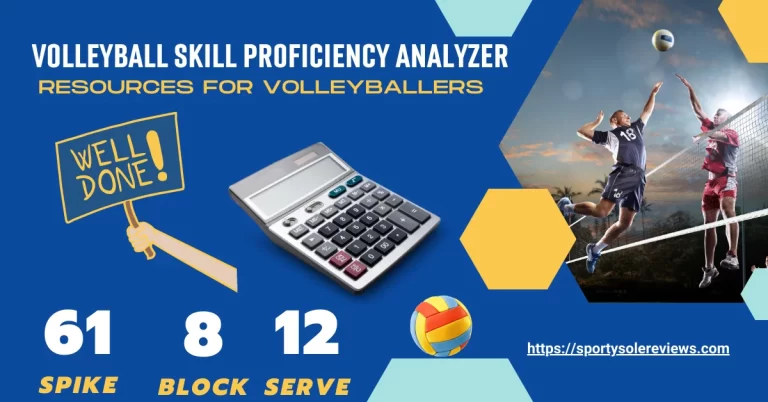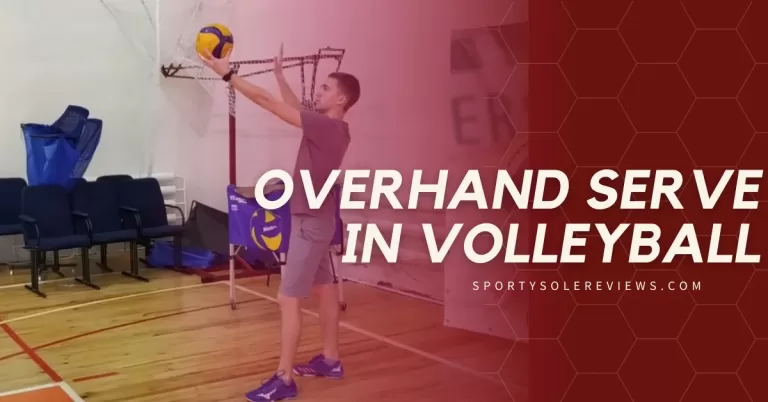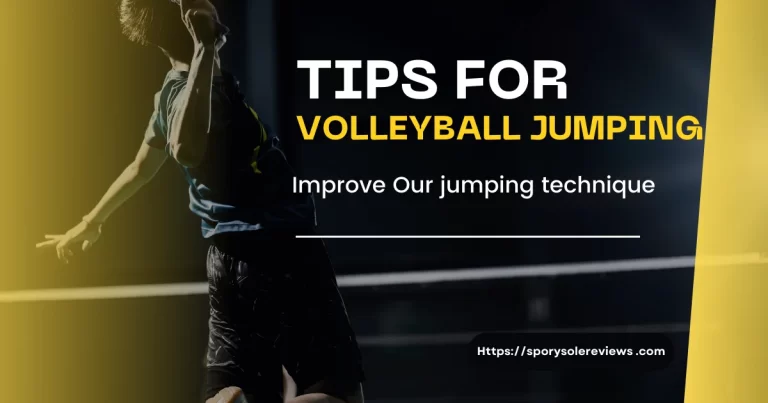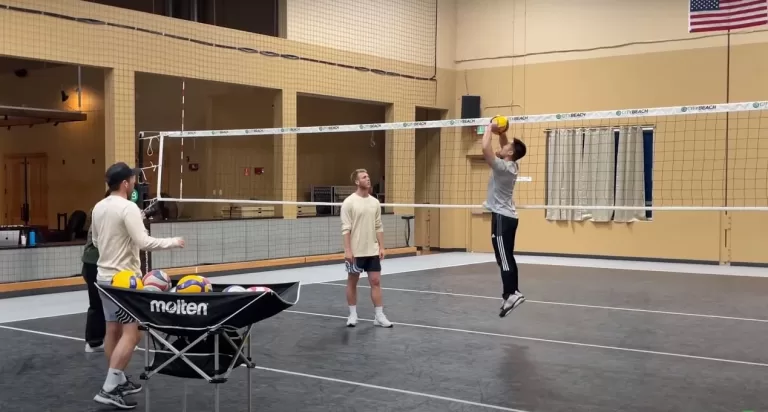How is volleyball Scoring Done in Volleyball Matches?
In volleyball, scoring is a big deal and makes the game super exciting. As a Volleyball Player, I will explore how is volleyball scoring done and uncover some cool stats. Did you know a volleyball can zoom at over 80 miles per hour during a spike?
Understanding how is Volleyball Scoring Done
| Action | Points |
|---|---|
| Serve lands in opponent’s court | 1 point |
| Serve lands out of bounds | No point (side out) |
| Successful attack or spike | 1 point |
| Block results in a point | 1 point |
| Ball hits the ground in your court | No point (side out) |
| Violation (e.g., double hit, lift) | No point (side out) |
| Ball out of bounds after an attack | No point (side out) |
| Ball touches the net during serve | No point (side out) |
| Rotation error or improper serving order | No point (side out) |
| Server commits a fault | No point (side out) |
In volleyball, a team can score points through successful serves, attacks, and blocks while avoiding violations and errors. The first team to reach a specified number of points (usually 25 points, but it can vary) with a minimum two-point lead wins the set. A match typically consists of multiple sets.
Table of Contents
Serving as the Starting Point
Volleyball, a dynamic sport known for its fast-paced action and strategic gameplay, hinges on a precise scoring system that keeps both players and spectators engaged. I would like to explain, with my experience, the intricacies of scoring mechanics, starting with the pivotal role of serving.
The Game’s Commencement
Serving initiates each volleyball rally, where teams aim to score points. The server stands behind the baseline, preparing to launch the ball over the net. Rules for serving dictate that the server must strike the ball cleanly, sending it into the opponent’s court. However, any foot fault during this crucial phase results in a fault.
After a Successful Serve
Upon a successful serve, the receiving team must react swiftly. The goal is to return the ball over the net within three hits, ideally setting up an attack that places the ball on the opponent’s floor. This requires precise digging and setting techniques to ensure a well-executed attack.
Scoring During a Rally
Points are earned during rallies by either team. Attacking the opponent’s court effectively places pressure on the defense, while skilled blocking at the net can thwart an opponent’s attack. Points are awarded if the ball lands in the opponent’s court or if they commit a fault.
Attacking Strategies for Scoring
Teams employ various attacking strategies to outmaneuver their rivals, utilizing techniques like spikes, tips, and roll shots. Crafting these attacks with finesse and timing can yield valuable points.
Common Violations and Consequences
Mistakes can lead to penalties in volleyball. Violations such as foot faults or net touches result in point awards to the opposing team, emphasizing the importance of precision and teamwork in this captivating sport.
How to Win Sets and Matches in Volleyball
In volleyball, winning a set is a big step towards winning the whole match. Here’s a simple breakdown of how it’s done:
The Goal of Winning Sets
In volleyball, you play sets, kind of like rounds in a game. To win a match, you need to win three out of five sets. Each set is like a mini-competition within the bigger game.
How to Win a Set
To win a set, you need to be the first team to reach a certain number of points. Typically, it’s somewhere between 21 and 25 points. But here’s the catch: you have to be ahead by at least two points to win.
Best-of-Five Sets
In most matches, it’s a best-of-five-sets system. That means the first team to win three sets wins the whole match. It makes the game more interesting because it can go back and forth.
Tiebreakers
Sometimes, it’s a tie—both teams have won two sets each. In that case, they play a tiebreaker set. This one’s shorter, usually 15 points. It’s like a sudden-death round to decide the winner.
The Basics of Volleyball Scoring
A standard volleyball match consists of sets, usually the best of five. Each set is played for 25 points, and a team must win by at least two points. The team that wins three sets first secures the match victory.
Sets and rallies
A set comprises a series of rallies. A rally begins when the ball is served and continues until it’s terminated. Rallies can be short, intense exchanges, or prolonged volleys.
The Concept of a Rally Point System
Volleyball employs a rally point system, meaning every serve results in a point being awarded, regardless of which team serves. This system ensures constant action and competitiveness.
How Each Rally Starts and Ends
A rally initiates with a serve and ends when the ball hits the floor, goes out of bounds, or a violation occurs, giving a point to the opposing team.
Point Distribution in Volleyball
Points are awarded based on the outcome of each rally. Winning a rally grants a point while losing it rewards the opponent.
Awarding Points for Winning a Rally
In volleyball, points can be won through successful serves, attacks, blocks, or opponent errors.
Side-Out and Point-Awarding Scenarios
A “side-out” occurs when the serving team loses a rally, resulting in a rotation of players. Points can be won through successful serves, attacks, blocks, or opponent errors.
A Player’s Perspective
Volleyball enthusiasts like us know that it is essential for navigating the diverse world of this sport. I explore, how is volleyball scoring done from the viewpoint of volleyball players:
Introduction to Variations and how is Volleyball Scoring Done
Alright, team, you’ve got to know the score to play your best! In indoor volleyball, every serve counts, but in beach volleyball, it’s all about that side-out system. It’s like comparing apples to oranges.
Beach volleyball vs. indoor volleyball
In beach volleyball, precision is key because you can only score while serving. It forces us to be meticulous. In contrast, indoor volleyball encourages aggressive play since you score on every rally. Two different worlds, right?
Modified Scoring for Recreational Play
When we hit the sand or court for some friendly games, we sometimes tweak the scoring. Timed games or point caps keep the fun alive without the pressure of the pros.
Adaptations for Different Levels of Play
For beginners and young players, we often switch things up. It’s about nurturing skills, so we might go with side-out scoring or use smaller point increments.
Scoring Rules for Youth and Beginners
For youngsters, side-out or simplified point systems make the learning curve less steep, creating a supportive environment for skill development. I spend a lot of time in this sport So I designed a volleyball skill proficiency analyzer calculator for players.
Professional and international standards
When we dream of the big leagues or international competitions, we must stick to the strict scoring rules, ensuring a level playing field for all.
Influence of Scoring on Game Strategy
Scoring isn’t just numbers; it’s our playbook. Scoring systems dictate our strategies—whether we focus on defense or offense, it all depends on the rules.
Conclusion
How is volleyball Scoring done is not just about numbers on the board; it’s a reflection of teams’ skills, strategies, and resilience. Throughout this blog post, we delved into the scoring intricacies, from sets and match points to penalties and reviews. Understanding the significance of each point adds depth to the game.
how is volleyball scoring done and formating in volleyball matches?
The scoring format in volleyball matches revolves around sets, with each set being a standalone competition. In regular sets, the first team to reach 25 points with a two-point margin wins the set. Matches can be best-of-three or best-of-five, requiring teams to win the majority of sets to claim victory.
What happens in extended sets or tie-breakers?
In extended sets or tie-breakers, the point target may exceed 25 due to a tie at 24 points. Teams must secure a two-point lead to clinch the set. In tie-breaker sets, the first team to score 15 points with a two-point margin emerges victorious.
How are penalties and points deductions handled in volleyball matches?
Penalties and points deductions are consequences of player misconduct or rule violations. Depending on the severity of the offense, the opposing team may receive penalty points. These deductions aim to maintain fair play and discourage illegal actions.
Can teams challenge referee decisions affecting scoring?
In some volleyball matches, teams have the option to challenge certain referee decisions through video review. Successful challenges can overturn points, influencing the overall score and the game’s momentum.
How do referees and umpires impact the scoring process?
Referees play a critical role in scoring, making judgments on various aspects of the game, such as ball in/out calls, player actions, and adherence to rules. Umpires may face subjective decisions that can significantly influence the score and overall match outcome.








